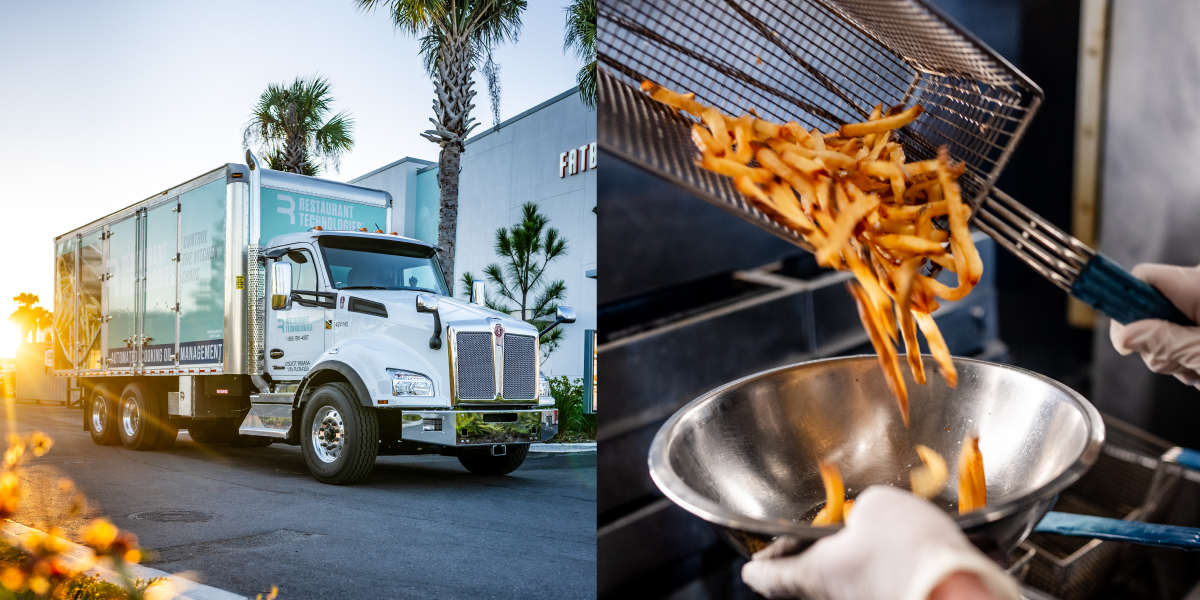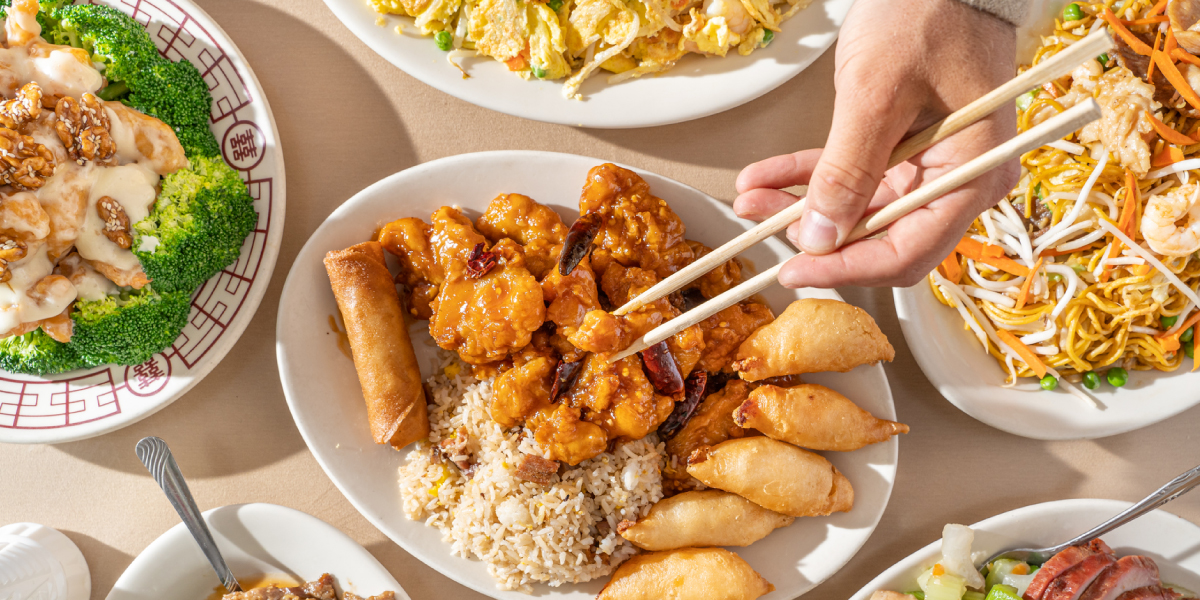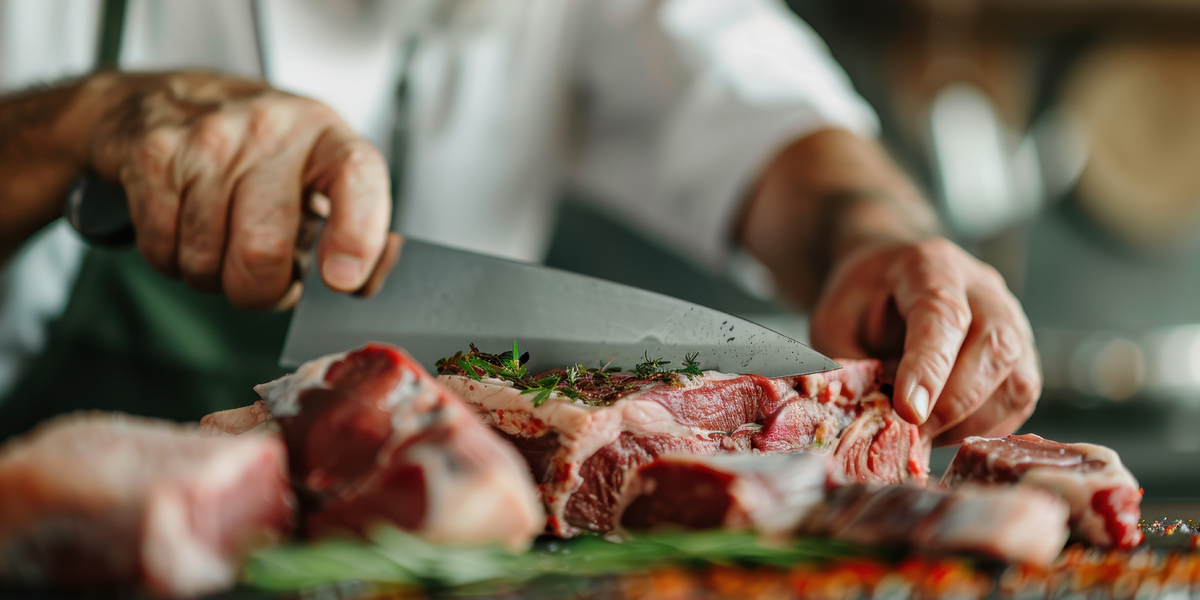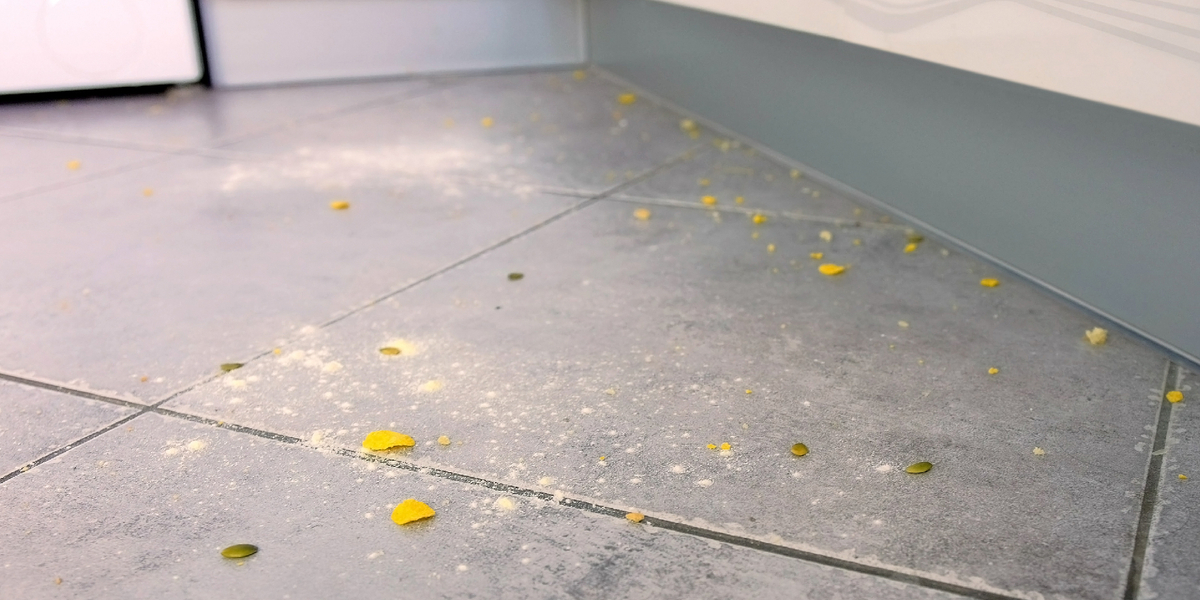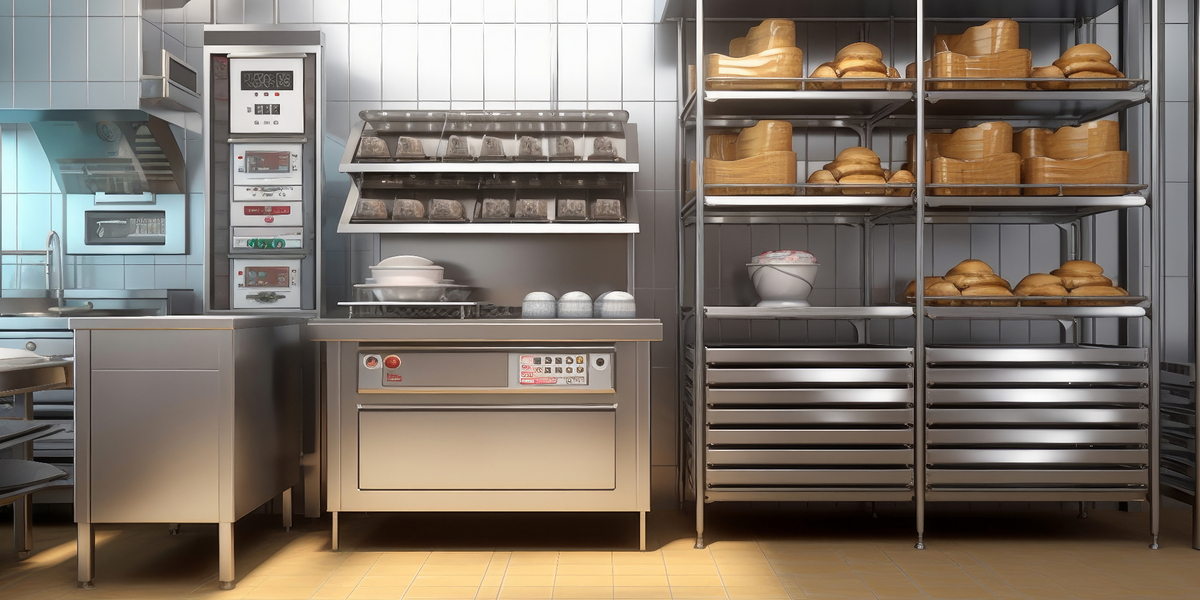Among the many responsibilities of restaurant owners, managing risk is one of the most crucial, as ensuring a safe environment for employees and customers not only reduces the likelihood of accidents but also results in significant cost savings. Insurance companies calculate premiums based on the level of risk a business presents, meaning the greater the potential for hazards or incidents, the higher the insurance costs. For example, a restaurant with a liquor license or one operating late into the night will face higher premiums. While some factors may be beyond your control, taking proactive steps in four key areas can demonstrate lower risk to insurers, potentially leading to reduced premiums.
1. Food Safety
Food safety is a top concern in any restaurant. Foodborne illnesses endanger customers and could also result in lawsuits and increased insurance claims. By implementing strict food handling and hygiene protocols, restaurants minimize the risk of contamination and illness. Essential safety measures include regular employee training, maintaining clean kitchen areas, and using proper food storage practices. Keeping detailed records of health inspections and ensuring compliance with local food safety regulations demonstrates a commitment to reducing food safety risks. Sharing these procedures with your insurance agent builds trust and can help you negotiate lower premiums. Insurers appreciate businesses that show a proactive approach to risk management, particularly when it comes to protecting customers from health hazards.
2. Customer Safety
Slips, trips, and falls are among the most common accidents in restaurants, often caused by wet floors, broken furniture, or poorly lit areas. Even something as small as a misplaced rug or an ice cube on the floor can lead to significant injuries and lawsuits. To minimize these risks, restaurant workers must regularly inspect and maintain the dining area. Placing proper signage for wet floors, ensuring that pathways are clear, and promptly addressing maintenance issues are keys to minimizing accidents. Beyond taking these steps, it’s important to keep your insurance agent informed about the safety measures you’ve implemented. This information can help them build a case for your business being lower-risk, potentially leading to reduced premiums. Fewer customer injury claims improve your standing with insurers, increasing the likelihood of securing lower insurance costs.
3. Employee Safety
Employee safety should be a top priority. Kitchen operators should prioritize the wellbeing of their staff. In addition, common injuries like burns, cuts, and slips can be costly. Basic safety measures, such as non-slip mats and protective gloves, are essential, but more advanced systems can further reduce risks. Restaurant Technologies offers a fully automated oil solution that eliminates the need for employees to handle hot oil, preventing spills and reducing the risk of burns, injuries, and falls. Creating a safer work environment not only protects employees but also helps reduce workers’ compensation claims, a major factor in driving up insurance costs. Fewer claims can lead to lower premiums, making safety systems like those from Restaurant Technologies a smart investment. By keeping your insurer informed about the safety initiatives you’ve implemented, you demonstrate your commitment to reducing risks, which can result in more favorable insurance terms.
4. Fire Safety
Fire is a significant risk in any restaurant, and insurers closely examine fire prevention efforts. Installing fire suppression systems that meet the standard of the UL 300, maintaining kitchen appliances, and providing fire safety training are critical measures to mitigate this risk. However, proactive fire prevention is key. The AutoMist™ system from Restaurant Technologies automatically cleans the hood and flue, reducing grease buildup and significantly lowering the risk of fires. In addition to fire suppression and flue cleaning systems, restaurants should have clear protocols for handling flammable materials and ensuring that emergency exits remain accessible. Insurance companies take fire safety seriously, and by reducing fire risks, restaurants can often secure lower premiums.
The Financial Impact of Lowering Insurance Premiums
Lowering insurance premiums can have a direct impact on a business’ bottom line, as insurance costs are a significant part of operating expenses, and high premiums can quickly eat into profit margins. By actively reducing risks, operators not only create a safer environment for employees and customers but also cut down on insurance costs, freeing up savings to reinvest in areas like labor, marketing, menu expansion, or equipment upgrades.
Prioritizing safety and risk management is an investment in the long-term success and profitability of the business, as insurance companies value working with businesses that demonstrate a proactive approach to minimizing risks. This commitment to safety can help restaurant owners negotiate better coverage terms, more favorable rates, and ultimately lower premiums, all of which contribute to a healthier financial future.
